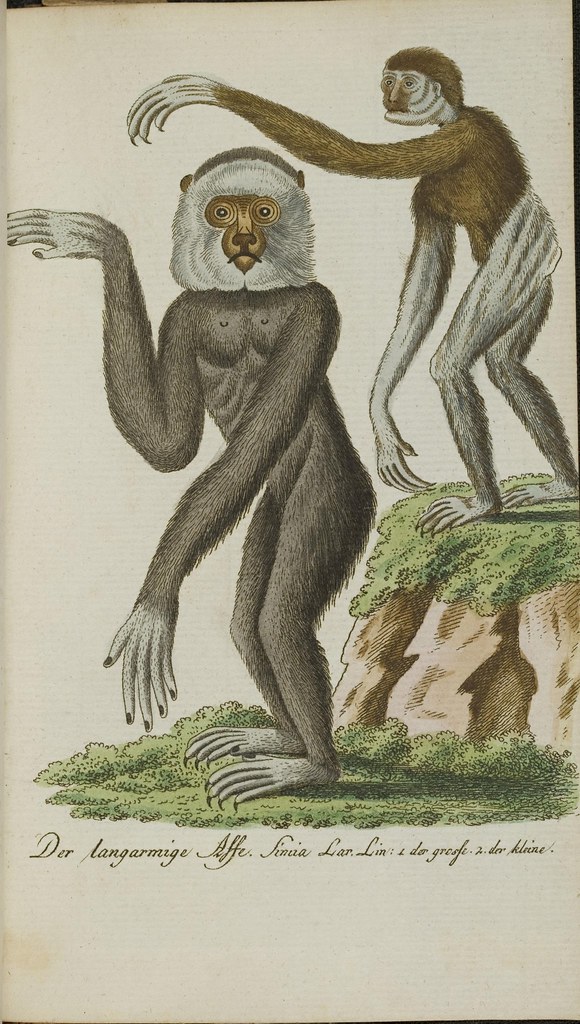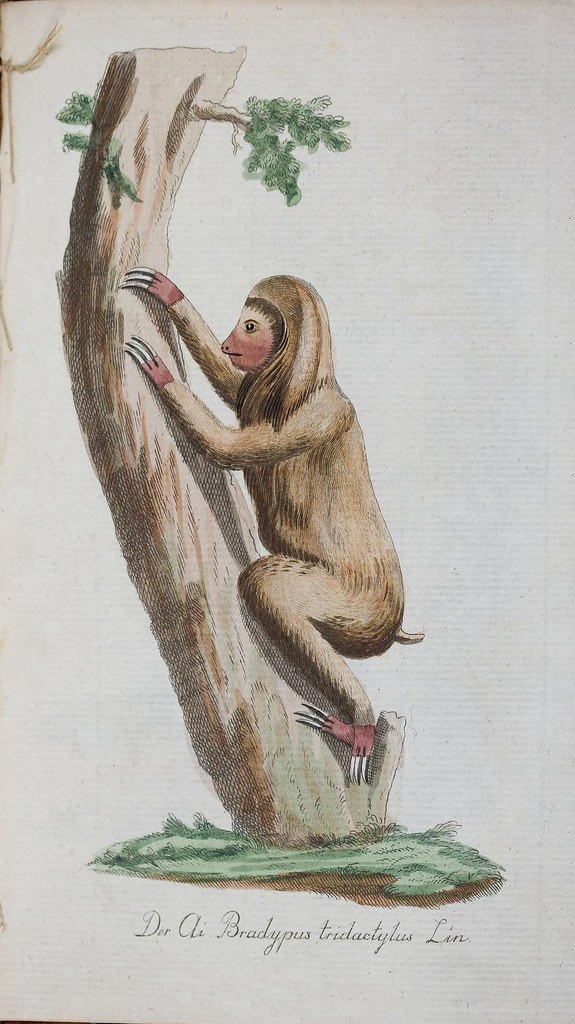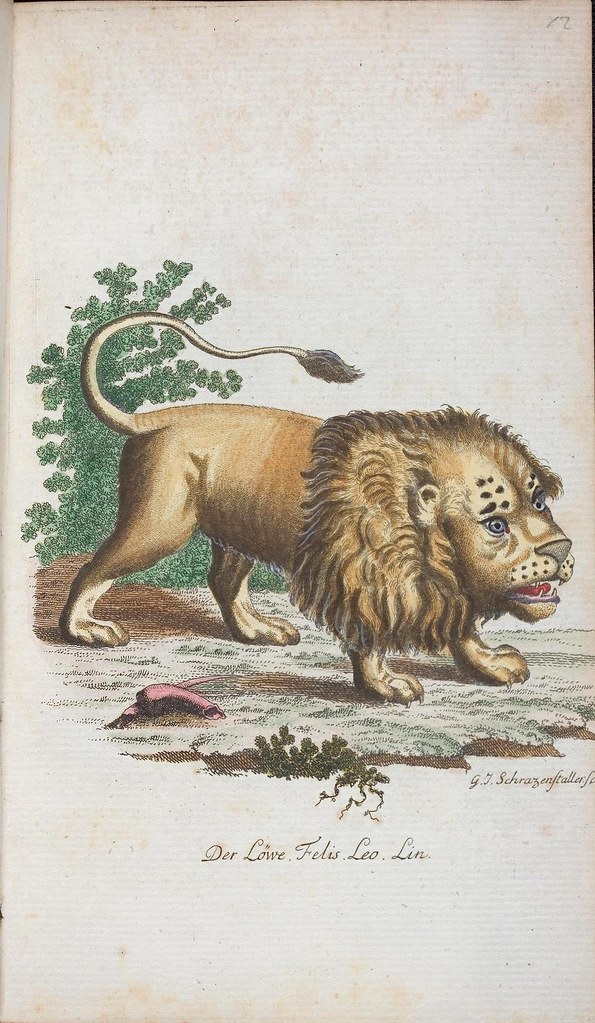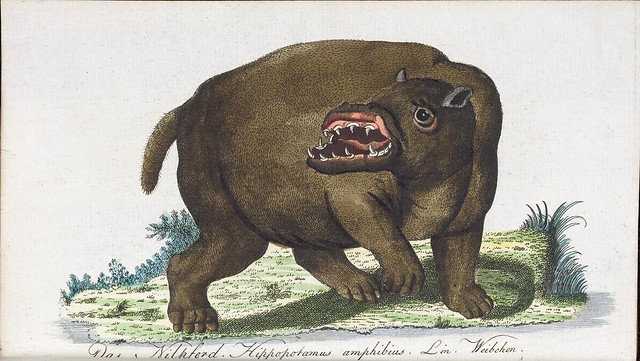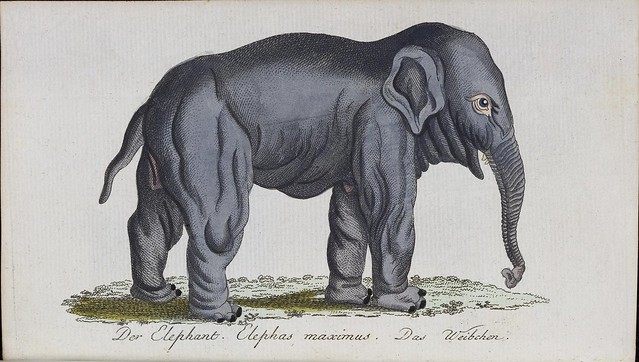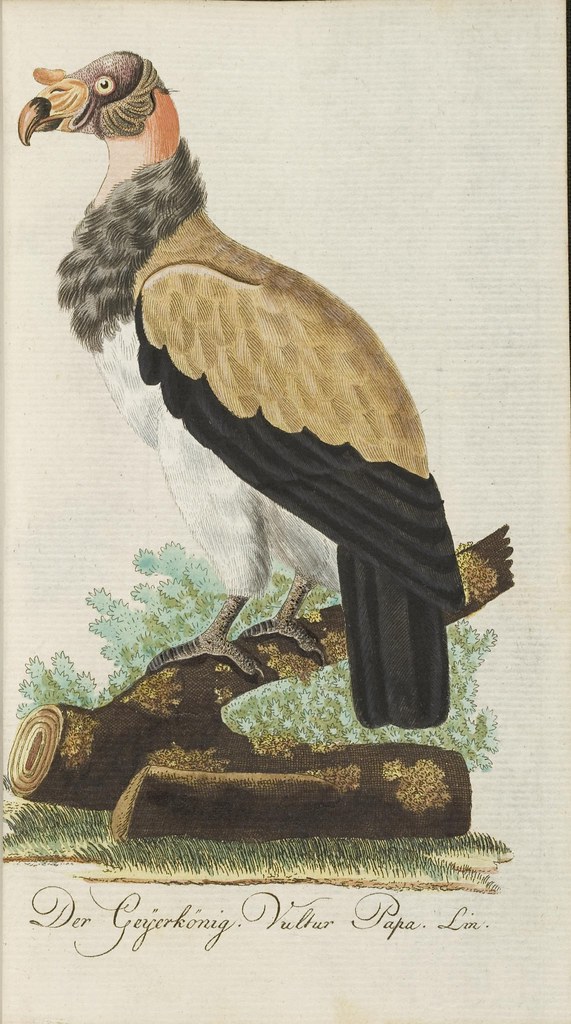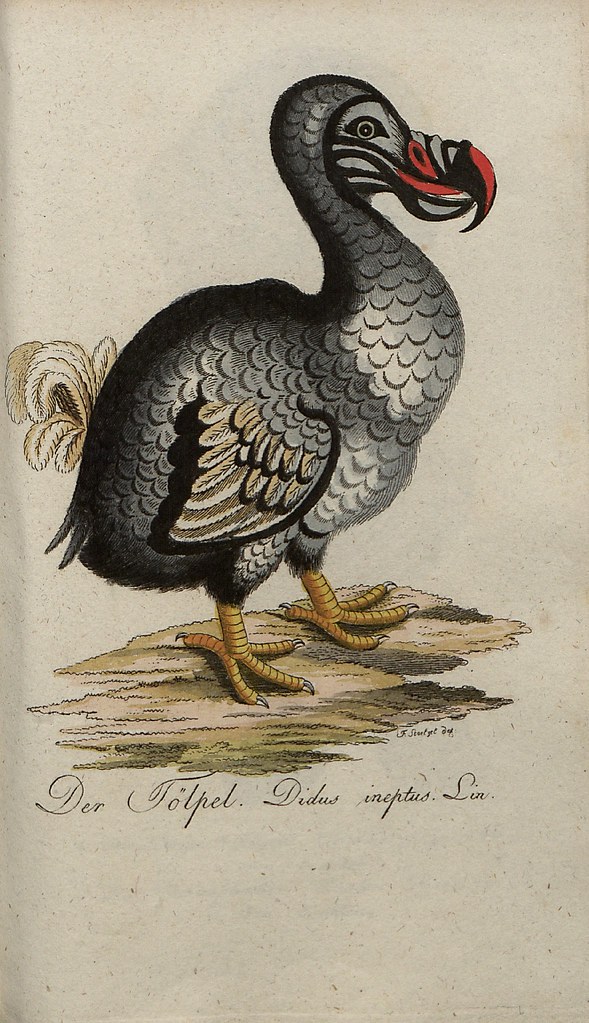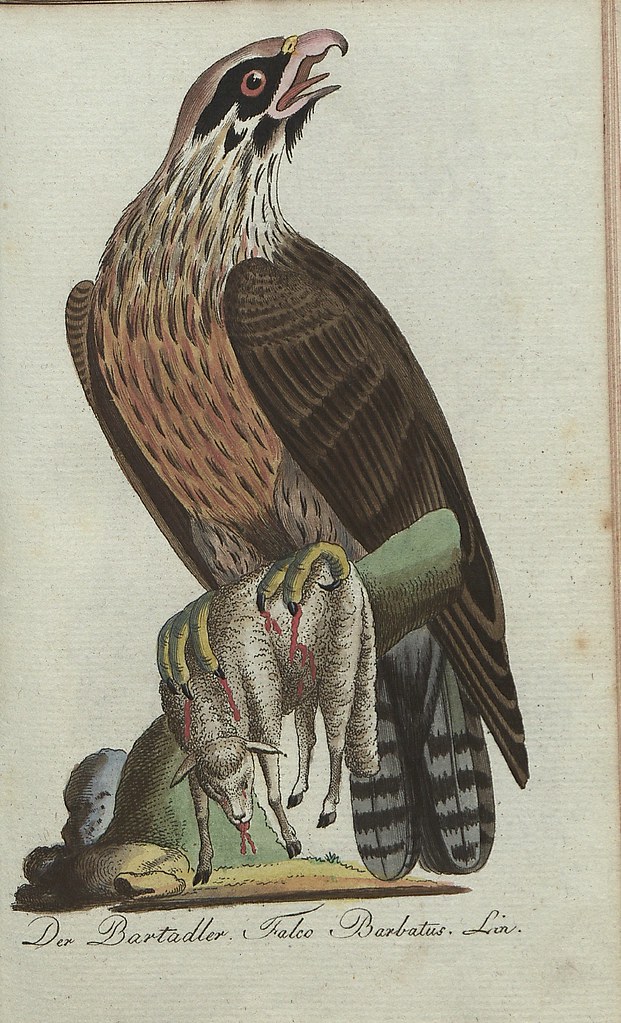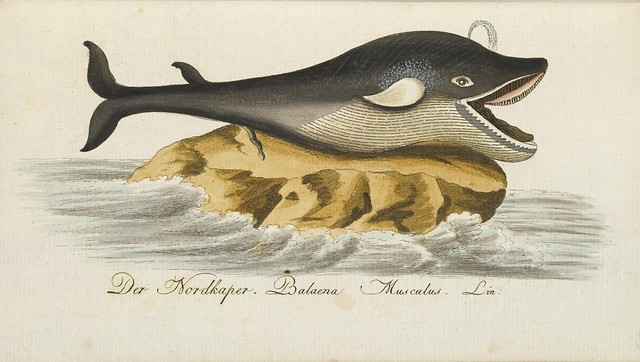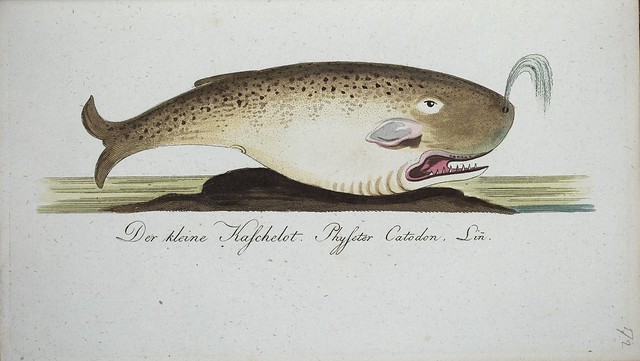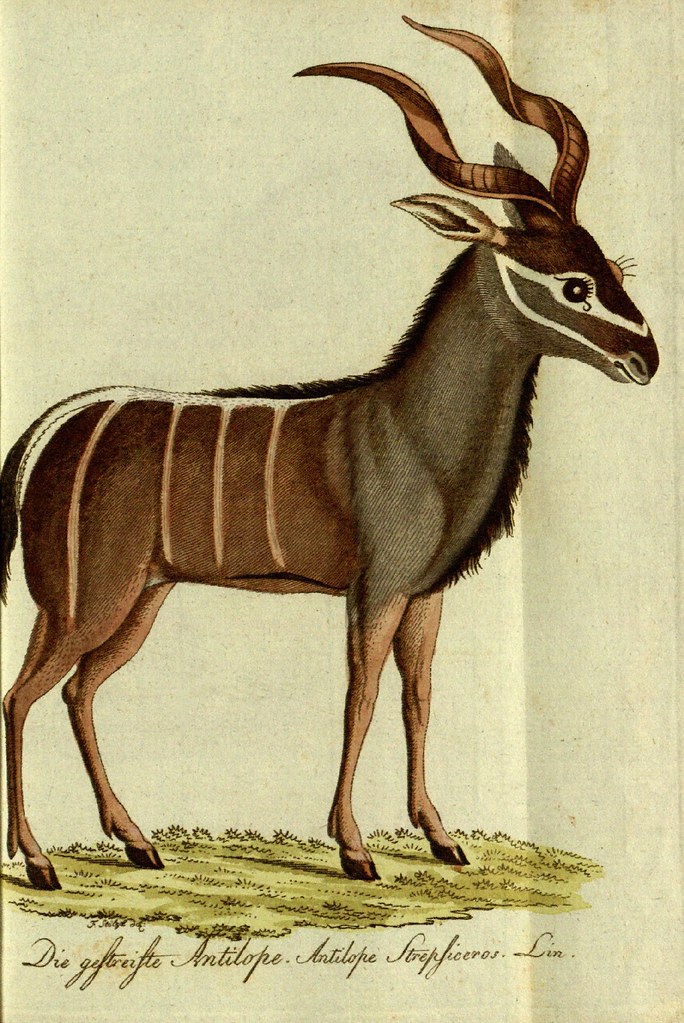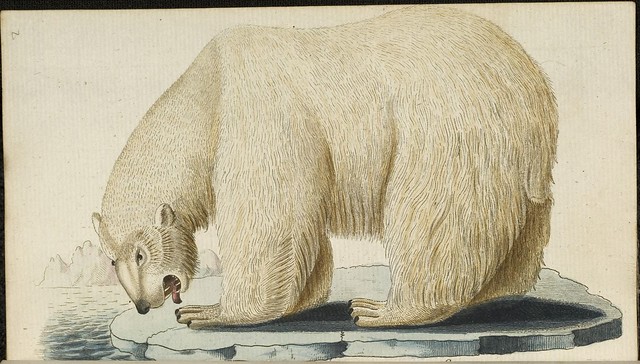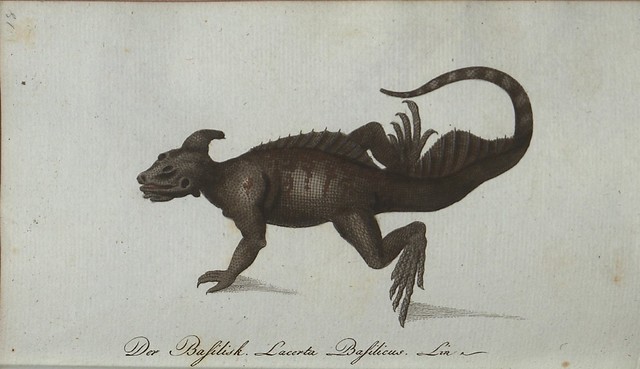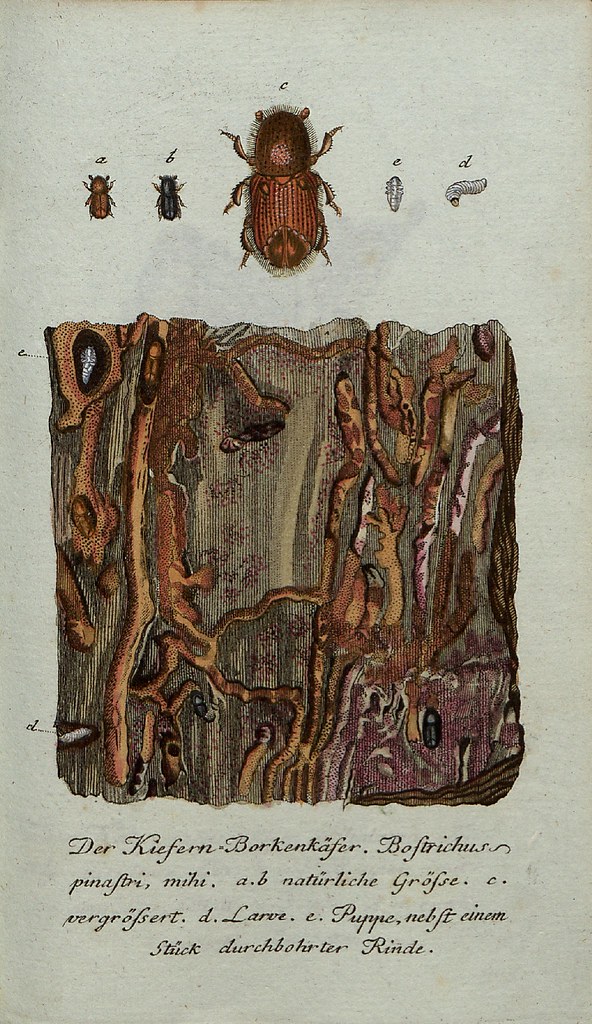Kamon are Japanese emblems or crests, corresponding to the European heraldy tradition, and are used to specifically represent and identify a family.
The quartets of kamon below were selected and spliced together from the symbol categories: animal, plant, flower, furnishing, martialism, natural and pattern crests. {I think there is some crossover}
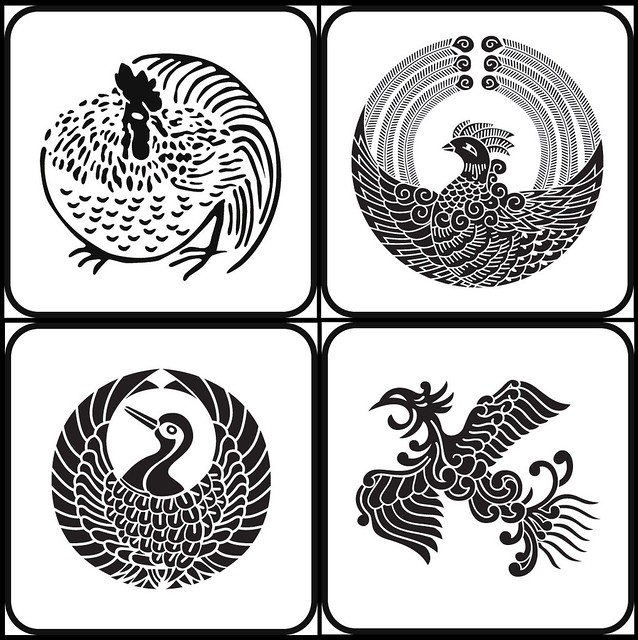
[animal crest] chicken, phoenix, crane, phoenix

[animal crest] butterfly, tortoise, bamboo grass, rabbit

[plant crest] hollyhock, bracken, cryptomeria, Oxalis corymbosa

[plant crest] grape, rice, date palm, ginkgo
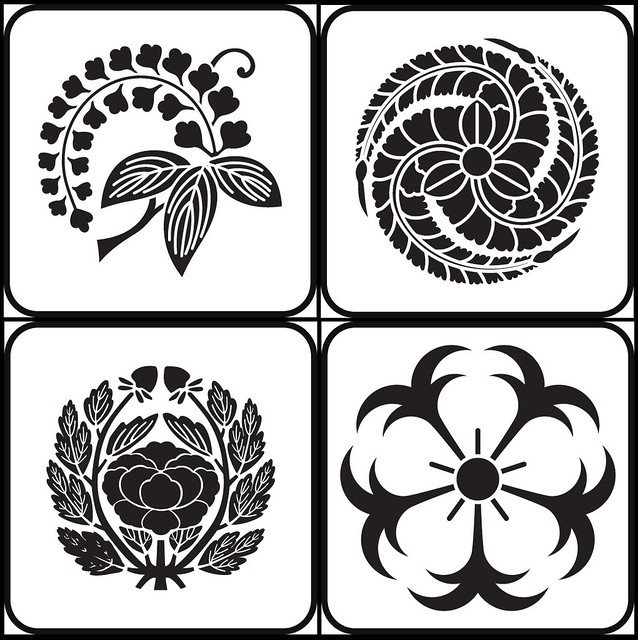
[flower crest] wisteria, wisteria, tree peony, anchor
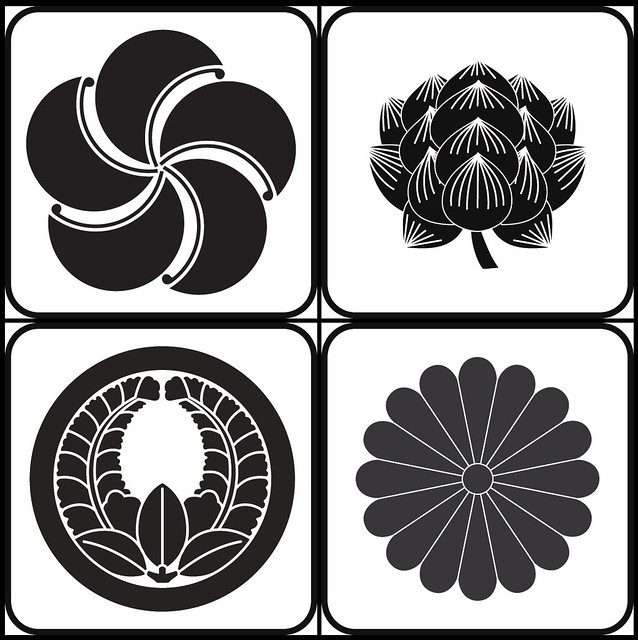
[flower crest] Morning glory, goldthread, wisteria, chrysanthemum

[furnishing crest] key, gin trap, broom, alarm plate
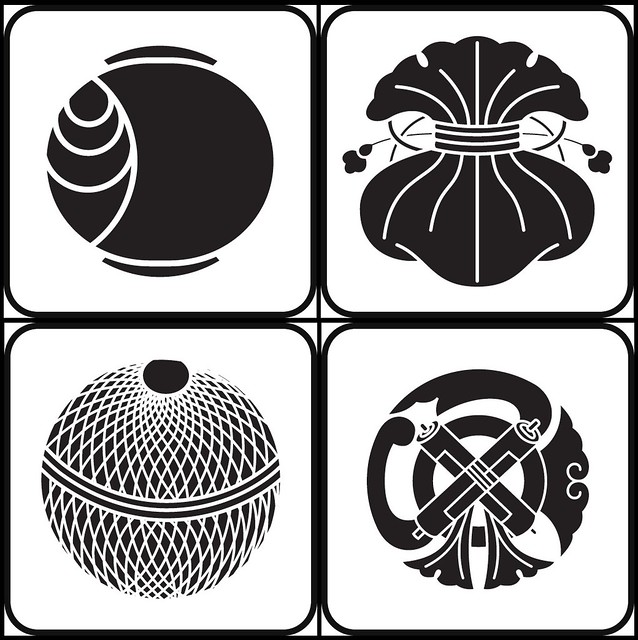
[furnishing crest] wooden hammer, bag, temari ball, amulet
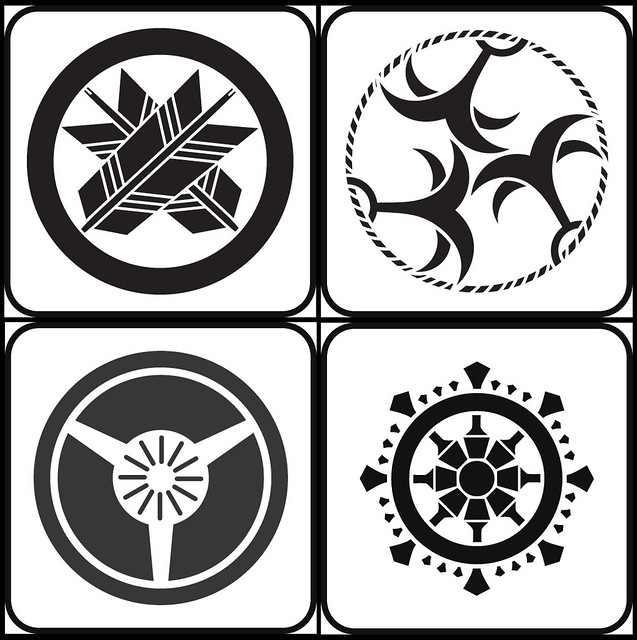
[martialism crest] arrow, anchor, fan, gem

[martialism crest] arrow, samurai warrior helmet, anchor, arrow

[natural crest] cloud & moon, arrows of lightning, sun, wave
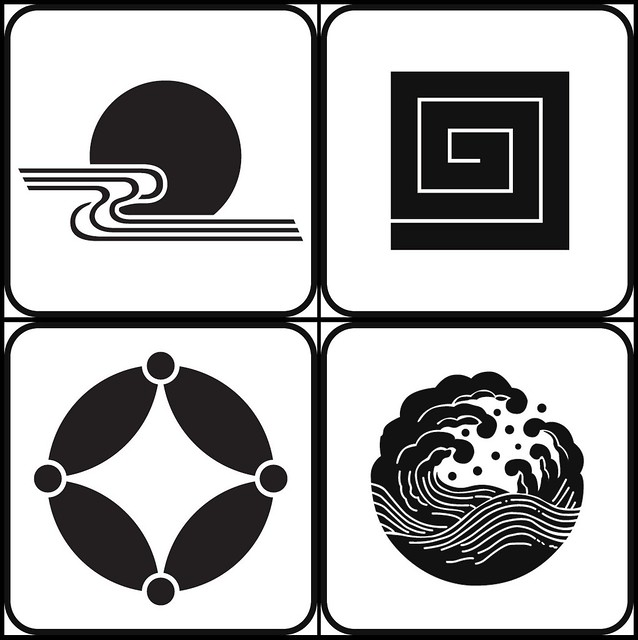
[natural crest] water & moon, arrows of lightning, gem, wave
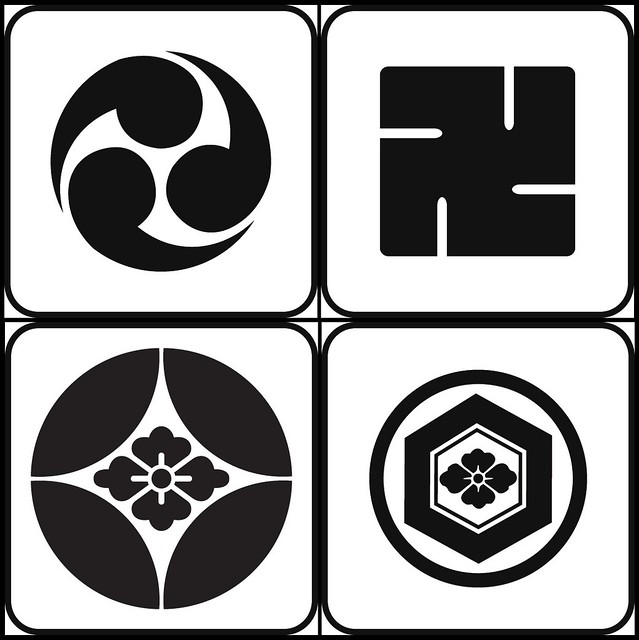
[pattern crest] comma-shaped, swastika, gem, fusil
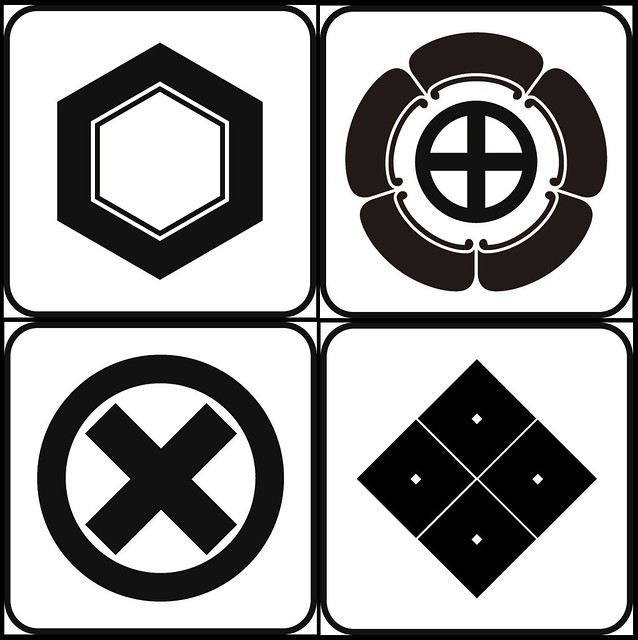
[pattern crest] tortoise-shell, Japanese quince, crossed stick, meyui pattern
- The (bilingual) Crest Japan site has more than 280 kamon available copyright free for download as .eps files. They convert to jpegs in photoshop (as has been done above) or can be used as scalable vector illustrations in Adobe Illustrator. [beware the flash show's embedded audio!] I think, from a very brief look, that there might be slightly bigger thumbnail images and maybe even more range of styles available from/via the Japanese homesite.
- The wikipedia article on kamon is fairly comprehensive : note all the links to further material.
- Pingmag 2007.
- Inspired by, and ever so slightly ransacked from, Will's Crest Syndrome post on 50 Watts from Jan, 2009.
